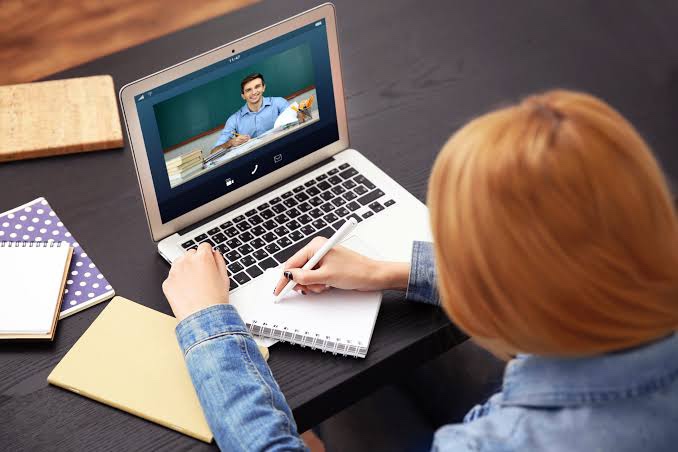The current situation in 2020 has forced many schools and universities to move online. What does that mean for teachers and students?
Surely, some people were excited by the prospect of teaching from the comfort of their homes. Similarly, students were excited to not have to wake up in the morning, change their clothes, and take a trip to school. The rest of the country was happy because no students meant no traffic jams in the mornings and afternoon. It all seemed dandy for a time. What most people forgot to ask is, how effective is online teaching and learning?

In my experience, and probably other teachers’ experience, the transition from face-to-face to online classes was fairly abrupt. My time as a student learning through online platforms such Balckboard and also as a teacher using Blackboard helped me move online smoothly, or so I thought. Almost a full school year later, I’m realizing that what I and most of my colleagues are doing is trying to move our face-to-face classes online. What I mean here is that we are trying to mimic the in-person experience online. We were not trained to recognize the fundamental difference between online and face-to-face learning. If you are using the lesson plans from your face-to-face classes in your online classes, then you have fallen into the same mentality as many of us. The reality is that most teachers were ill-prepared for teaching online. For example, eliciting becomes much more difficult online, especially if you can’t see your students’ faces. The awkward online silence has surely haunted many teachers.
Online learning requires a different teaching methodology. For example, teachers should take advantage of online technologies by setting up pre learning activities that students could do without the teachers help. On a different note, what is more boring than an in-class power point lesson? Probably an online PowerPoint lesson. Students’ attention span is much shorter online. Teachers should learn from social media. What catches people’s attention? Look at the top YouTube videos, even educational videos, you’ll see that they are not slow PowerPoint lessons. Rather, you’ll see fast pace videos with b-roll cuts, animations, and graphics. Most teachers try to achieve what the picture below shows but they should know that the technology is not there yet, nor should it aim to be.

Who needs live lessons
Perhaps one of my biggest realization has been the question, why am I giving live lectures? Initially my answer was, because I’m being paid and therefore, I should give live lectures. However, the more I thought about it the more I realized that it would make more sense to record a great video of my lecture, rather than giving a hit or miss live lecture. I know that you will immediately say that it’s not interactive and students can’t ask questions. You can easily pause anytime a student has a question and you can answer their question. A polished recorded video video can be much more engaging than a live lesson full of umms and ahhs.



